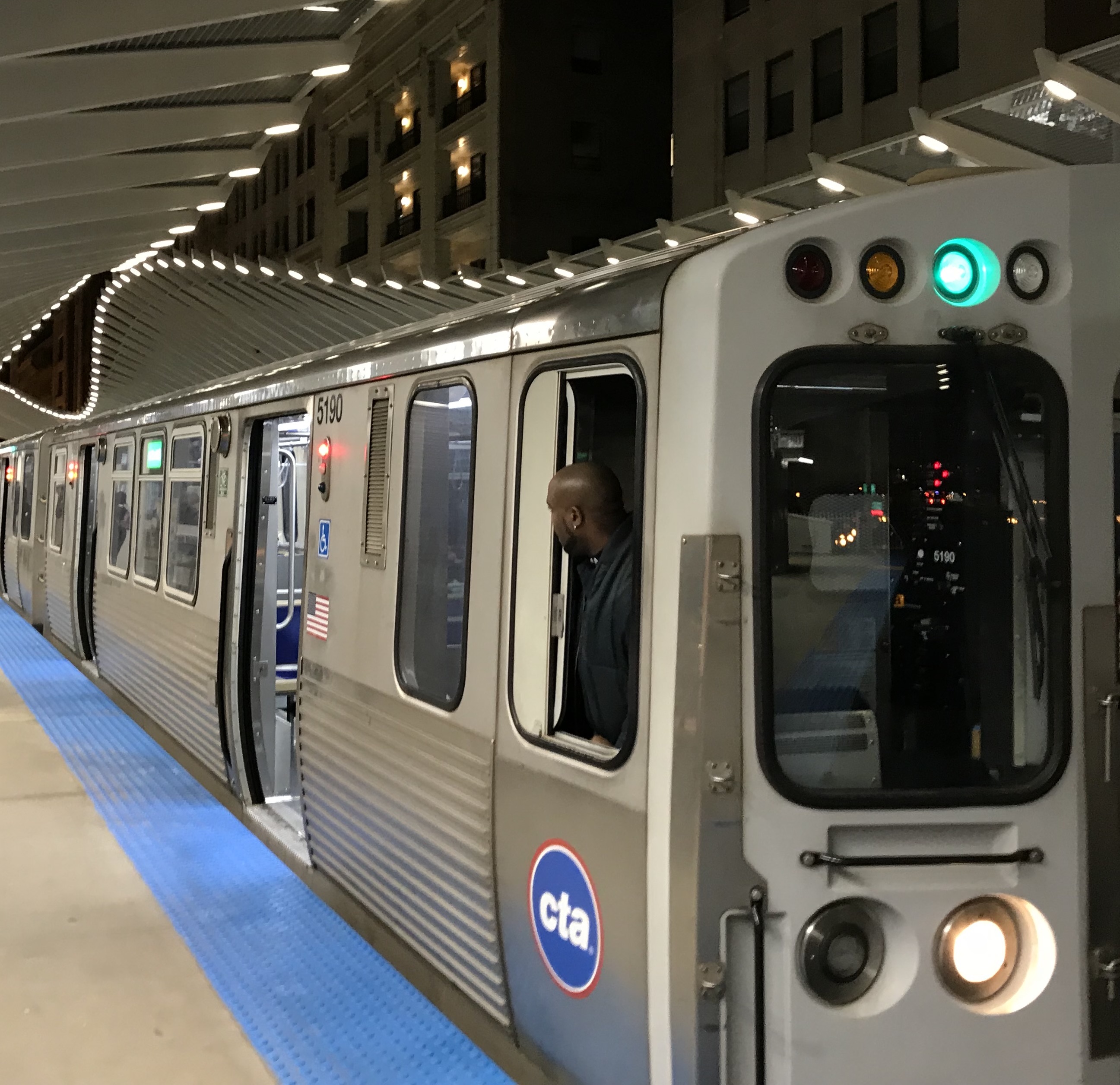Getting the CTA's workforce back up to pre-pandemic strength is perhaps the most important solution to addressing the transit system's current woes. Having a sufficient number of bus and train operators to staff all the scheduled rules would improve reliability and help prevent unusually long waits between runs. It would largely eliminate the infuriating ghost bus and ghost train problem, where runs show up on Transit Tracker screens but disappear from the screens before they show up, because there was no one available to operate them.
More frequent, dependable, and predictable service would increase ridership. And more "eyes in the cars" would help address the 'L' system's current violent crime problem, and even help deter nuisance behavior like smoking and littering.
Today the CTA announced what sounds like a step in the right direction on the staffing front: hiring and retention bonuses, and other financial incentives designed to encourage current transit workers to stay on the job, and attract new recruits.
“Every industry has faced the challenges of attracting new employees and retaining current ones, and it’s an issue that has especially impacted the transit industry,” said recently embattled CTA President Dorval R. Carter, Jr. “In order for CTA to hire and retain the best employees, we have to do everything we can to make CTA an even more attractive employer.”

The CTA announced the following incentives for newly hired union employees in certain job titles:
Hiring bonus
All new bus driver, bus mechanics, and rail car repairers hired in 2022 and 2023 will receive a $1,000 hiring bonus. The bonus will appear on the worker’s first paycheck, and employees must remain with CTA for one year, or else they will be required to pay back the bonus.
Retention incentive
Eligible workers will receive a retention incentive payment after every six-month period worked, though December 2023. The incentive is equal to 3 percent of their hourly rate for actual hours worked, up to a maximum of 1,250 hours per six-month period. The retention incentive will be paid to all eligible Amalgamated Transit Union-represented employees (except workers newly hired as bus mechanics and railcar repairers in 2022 and 2023) on the payroll at the time the payments are issued. Payments will be about $1,500 for bus and train operators, about $1,200 for other employees.
Increased starting rate for bus and rail operators, mechanics and car repairers
Under the current system, bus mechanics and railcar repairers begin at 80 percent of hourly rate, and move up to 100 percent after two years. Now, through 2024, salaries will begin at 100 percent, between $39 and $40 per hour. Bus and rail operators will also get an increase, with starting hourly rates increasing to over $28, up from $24. In 2023, as part of contractual wage increases, the starting rate will be raised to just under $30. Through 2024, bus and train drivers' time to reach 100 percent of the top rate will be shortened by 12 months, from 45 months to 33 months.
The new employee perks will cost the agency about $80 million over two years.
The CTA blames its labor shortage on the COVID-related absences, including sick days and time off to care for family members, leading to historically high absenteeism. It also attributes its staffing challenges to competition for drivers from retail outlets, delivery services, ride-hail companies and other transportation businesses.
The agency has also stepped up its recruitment efforts with online and in-person job fairs, including hiring events today at Olive-Harvey College and another one in December at Malcolm X College. The CTA is also partnering with Olive Harvey to provide free commercial driving classes for potential hires.
Will all these efforts solve the CTA's staffing problems? They certainly can't hurt matters.




